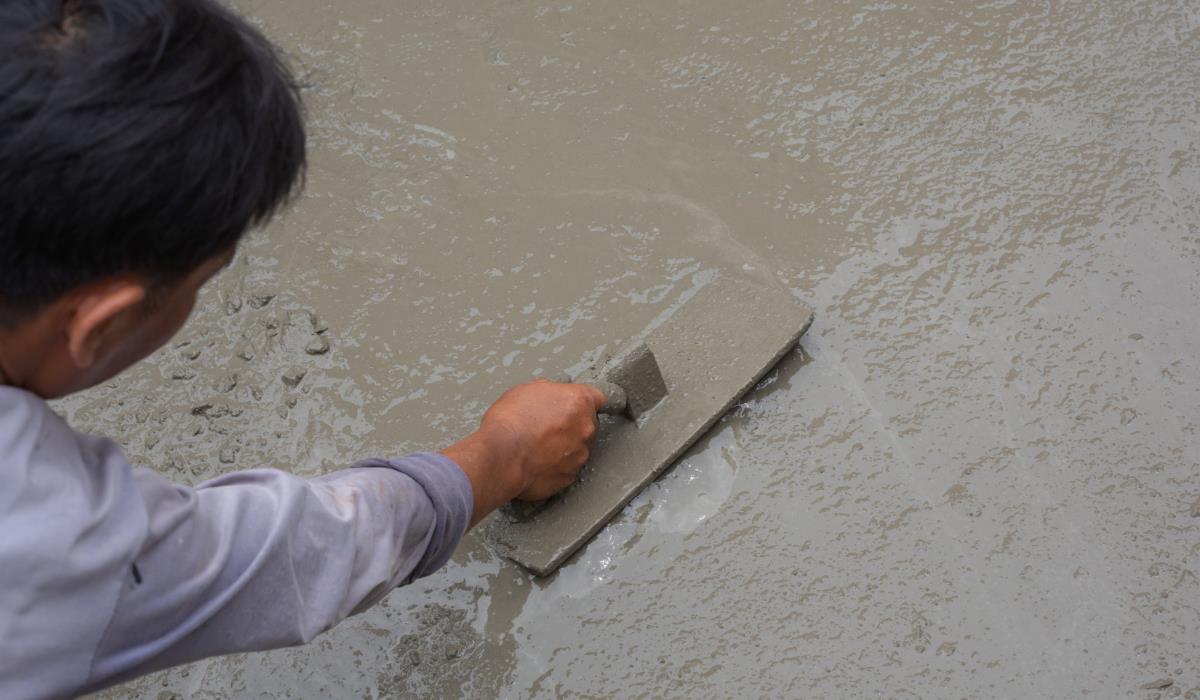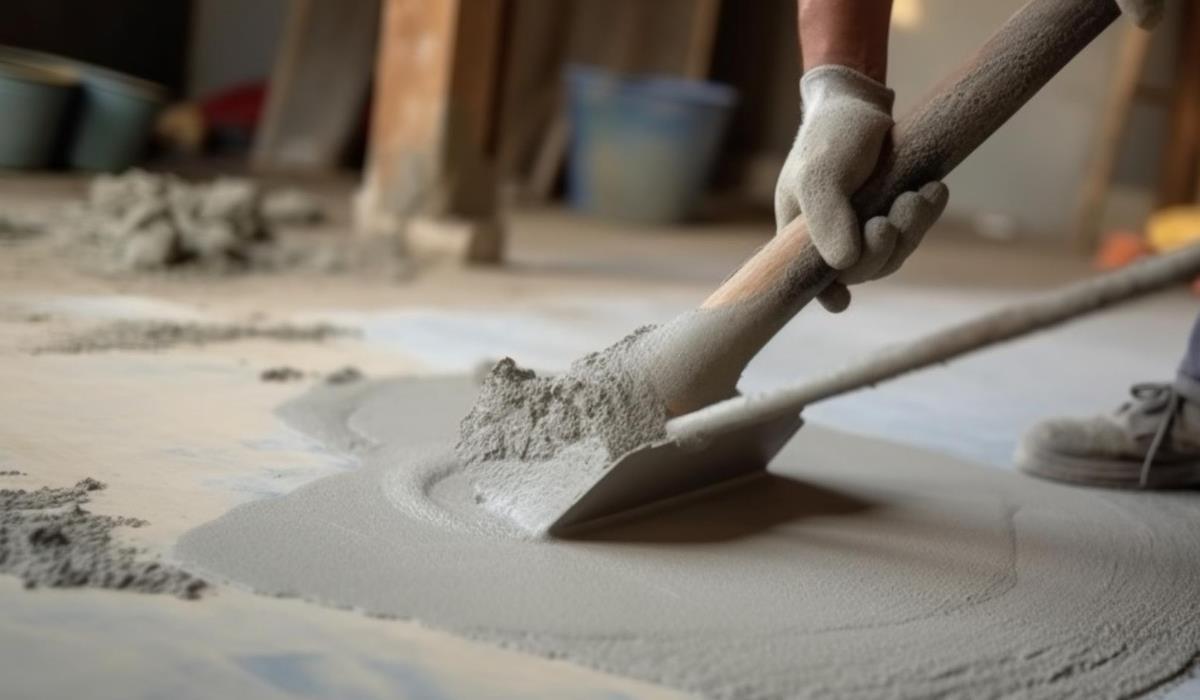In this article, we will present the 13 most common mistakes made when designing and installing floors and flooring. From improper surface preparation, to errors in material selection, to insufficient attention to detail during assembly, every step of the process can be critical to the final result. We will analyze both problems with the technical aspects of the work, as well as those due to lack of knowledge or insufficient planning.
Nowadays, when the aesthetics and functionality of interiors play a key role in the design and finishing of rooms, floors and flooring are an important element of any space. Properly designed and made floors not only add character and style, but also have a significant impact on the comfort and durability of a given place. Unfortunately, with the increasing variety of materials and techniques used to create floors, there are also many potential mistakes that can negatively affect the final effect and use of the room.
13 mistakes made when making floors and flooring:
- Incorrectly compacted layers under the lean-to can lead to cracking of the concrete slab. It is necessary to properly select and compact the sand for the foundation.
- Incorrect consistency of the concrete mix may make it difficult to lay the screed layer. Cement and anhydrite screeds have different consistencies, appropriately suited to the type of floor.
- Improper execution of the screed may result in problems with gluing finishing materials. The screed should be sufficiently dry and meet the specified humidity requirements.
- Lack of waterproofing on the zero layer of the building can lead to moisture and damage to the floor. In wet rooms, such as kitchens and bathrooms, it is necessary to use appropriate insulation materials.
- Excessive sunlight and drafts during work can cause uneven drying of the floor and the formation of cracks.

- If the screed dries too quickly, it may shrink and crack. Cement screed requires proper care and regular wetting for a certain period of time.
- The use of inappropriate thermal insulation materials may reduce the thermal and acoustic insulation of the floor. Styrofoam, mineral wool and extruded polystyrene should be used in appropriate varieties.
- Lack of proper expansion joints can lead to cracking of the floor. Large surfaces should be divided into smaller fragments and expansion joints should be placed in appropriate places.
- Excessively wide expansion joints may cause deformation of the finishing materials along the expansion joints.
- Improper execution of expansion joints between two different materials can lead to joint problems. Appropriate permanently elastic fillings are necessary to compensate for stresses.
- Insufficient heating of the floor after laying the underfloor heating system can lead to problems with moisture. Baking is an important step that must be carried out in accordance with the appropriate procedure.
- Incorrect thickness of the floor layers may affect the thermal insulation, load-bearing capacity and finish of the floor. All layers should be properly designed and made, taking into account the type and thickness of the finishing materials.
- The mismatch between the thickness of the floor and the stairs can lead to inconvenient use. Also, the floor layers on different floors may have different thicknesses, so these differences should be taken into account.



